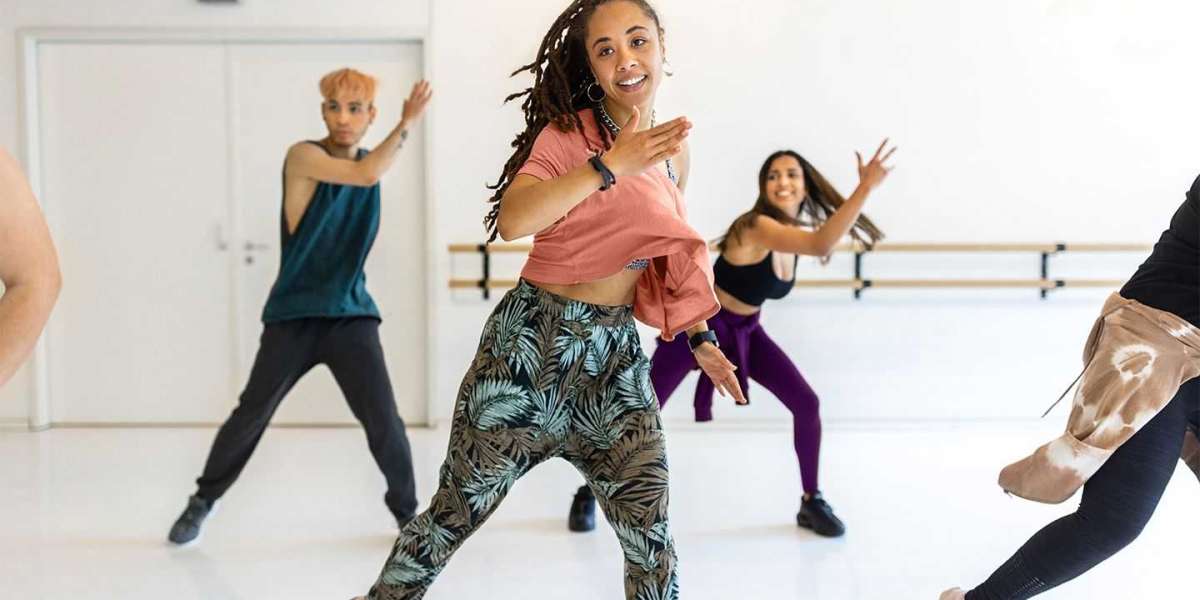Dance is a form of storytelling, and few artists tell a more poetic or evocative story through movement than Hubert Essakow. Born in Johannesburg, South Africa, Essakow has carved a unique path in the world of dance beginning as a classically trained ballet dancer and rising to prominence as a soloist with The Royal Ballet. His later transition into choreography and interdisciplinary work has established him as a visionary artist in contemporary dance. From major classical productions to cutting-edge, immersive experiences like FLOW (2013), Float Dance (2012), and Laban (2012), Essakow's contributions speak to the power of physical expression to communicate universal truths.

From Johannesburg to Global Recognition
Hubert Essakow’s journey began in Johannesburg, where his natural affinity for movement and rhythm quickly led him to ballet. His early training emphasized discipline, precision, and the pursuit of artistic excellence. These foundations would prove essential as he moved on to international stages, eventually joining one of the world’s premier dance institutions.
Exploring Identity Through Dance
A compelling aspect of Hubert Essakow’s work is his exploration of personal and collective identity through movement. As an artist with roots in South Africa, trained in the European classical tradition and working in contemporary British theatre, Essakow inhabits multiple cultural landscapes. This fusion of influences often surfaces in his choreography, where themes of belonging, transformation, and introspection play central roles. He views the body as a vessel not only for aesthetic beauty but also for storytelling that connects the personal with the universal.
Emotional Intelligence in Movement
A defining quality of Essakow’s choreography is its emotional intelligence. He is known for building narratives that are not always linear but are profoundly human. His dances are layered with feeling grief, love, joy, uncertainty communicated through body language, eye contact, pauses, and space. These moments of stillness and vulnerability are as important as the most technically demanding passages.
Hubert Essakow’s Influence on British Contemporary Dance
Essakow’s impact on British contemporary dance has been significant. While many choreographers remain within stylistic niches, Essakow’s ability to cross boundaries has helped redefine what it means to be a contemporary choreographer in the UK. His integration of narrative, visual art, sound design, and architecture has inspired a generation of dancers and theatre-makers to think beyond the stage.
A Decade with The Royal Ballet
In 1993, Essakow joined The Royal Ballet in London, one of the most prestigious companies in the world. As a soloist, he performed in numerous landmark productions and collaborated with legendary choreographers. His ten-year tenure with the company gave him both a platform and an education, exposing him to the best that classical and neoclassical ballet had to offer.
Collaborating with Choreographic Legends
During his time with The Royal Ballet, Essakow had the privilege of performing in works by renowned choreographers such as Kenneth MacMillan, Frederick Ashton, George Balanchine, Christopher Wheeldon, William Forsythe, Twyla Tharp, and Siobhan Davies. Each of these artists left a mark on his evolving dance philosophy, expanding his perspective beyond the classical realm and into more conceptual and emotionally driven forms.
The Shift to Choreography
After retiring from active performance, Essakow transitioned into choreography a move that allowed him to explore new dimensions of dance. This shift was more than a career change; it was a transformation in how he engaged with the art form. His choreographic voice emerged as both lyrical and abstract, grounded in classical training but driven by contemporary expression.
Float Dance (2012): Defying Gravity
One of Essakow’s most notable early choreographic works, Float Dance (2012), played with themes of weightlessness, human connection, and spatial tension. It was a piece that combined technical rigor with emotive storytelling, marking a turning point in his creative journey. Audiences and critics alike responded to its elegance and inventiveness.
Laban (2012): A Tribute to Movement Theory
Also in 2012, Essakow created Laban, a piece inspired by Rudolf Laban’s movement theory. In this work, he paid homage to one of dance’s most influential thinkers, incorporating elements of spatial design and expressive gesture. The piece served as a bridge between theory and performance, honoring tradition while pushing the form forward.
FLOW (2013): A Study in Transformation
In 2013, Essakow premiered FLOW at the Print Room at the Coronet. This immersive work explored water as both a physical and metaphorical element suggesting emotional fluidity, memory, and rebirth. The choreography was praised for its lyrical qualities and for how it enveloped the audience in an experience that was as visual as it was visceral.
Themes and Aesthetic Signatures
Essakow’s work often deals with elemental and existential themes fire, water, memory, time, and transformation. His movement language blends classical technique with naturalistic gestures, offering a tactile sense of intimacy. Rather than relying solely on narrative, his choreography communicates through sensation, tone, and spatial awareness.
Interdisciplinary Collaborations
A hallmark of Essakow’s approach is his commitment to interdisciplinary work. He frequently collaborates with visual artists, composers, and designers to create environments where dance becomes part of a larger, immersive experience. This integration of disciplines adds richness and complexity to his performances, redefining what a dance production can be.
The Coronet Theatre Connection
Much of Essakow’s post-Royal Ballet work has been presented at the Coronet Theatre in London, where he serves as an Artistic Associate. This partnership has been pivotal in providing a platform for his more experimental work. The intimate, flexible space of the Coronet allows for site-responsive choreography, enhancing audience engagement.
Mentoring and Teaching
Beyond performance and choreography, Essakow is passionate about mentoring the next generation of artists. He teaches workshops and masterclasses, often focusing on developing emotional literacy through movement. His approach emphasizes authenticity and exploration, encouraging students to discover their unique artistic voices.
Expanding the Role of Choreographer
For Essakow, choreography is not just about setting steps it’s about crafting an experience. Whether working in a traditional theatre, a gallery, or an outdoor space, he considers every element of production: light, sound, texture, and proximity. This holistic view turns his pieces into living environments, inviting viewers to inhabit the work emotionally and physically.
Conclusion: A Dance Language All His Own
Hubert Essakow stands out as an artist who has consistently chosen the path of discovery over convention. From his formative years in South Africa to the global stages of classical ballet, and now in the bold, experimental world of contemporary performance, he has never ceased to evolve. His work is not confined to trends or aesthetics; it is driven by a deep curiosity about the human condition, expressed in every movement and gesture.
His legacy is still in the making, yet it's clear that his contribution to the dance world is both influential and enduring. By pushing boundaries and nurturing new talent, Essakow continues to inspire and reshape what it means to create art through dance.
FAQs
Where is Hubert Essakow from?
He was born in Johannesburg, South Africa.
What company did he dance with professionally?
Essakow was a soloist with The Royal Ballet in London for ten years.
What are some of his notable works?
Notable works include FLOW (2013), Float Dance (2012), and Laban (2012), among others.
What themes does he explore in his choreography?
His work frequently explores natural elements, transformation, memory, and emotional landscapes.
Is Hubert Essakow still active in the dance community?
Yes, he remains active as a choreographer, teacher, and Artistic Associate at the Coronet Theatre in London.











